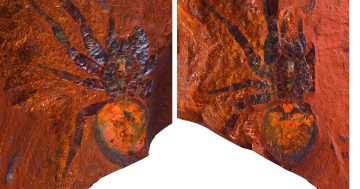A team of researchers at the ANU have been having a second look at the movements of Australian, Indian and Antarctic tectonic plates though out history and have determined that the ideas we had about the shape of Gondwana, and Australia’s position in it, were not entirely correct.
“We used a simple technique of matching geological landmarks on each plate. This technique was used by the people who discovered the theories of continental drift and plate tectonics, but hasn’t been used by many of the modern scientists studying this problem,” explained Dr Lloyd White, a Postdoctoral Research Fellow from the ANU Research School of Earth Sciences and Royal Holloway University.
White and his research team used a computer program to move geological maps of Australia, India and Antarctica back through time to build a jigsaw puzzle of the supercontinent Gondwana, using geological landmarks to align each plate.
“These geological landmarks formed on each of the continents before they broke apart, so we used their position to put this ancient jigsaw puzzle back together again.” Dr White said.
They were able to show that many previous studies had positioned the plates incorrectly because they did not consider these geological landmarks, so the continents did not align properly.
In other words they were forcing the wrong jigsaw pieces back together. The team published their results this week in the journal Gondwana Research.














